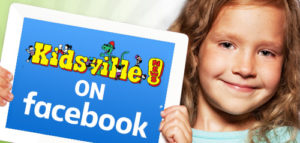How to create a great study environment at home
A student’s academic performance is influenced by a host of factors, including the learning environment both inside the classroom and at home. While students may have only limited control over the environment in their classrooms, they and their parents can do much to create home study environments that are conducive to learning. Create a distraction-free zone. Today’s students are inundated with distractions. Whereas students were once most distracted by radios, televisions and the great outdoors when studying at home, nowadays kids must also find time to focus on their studies with their tablets and smartphones just a stone’s throw away. When choosing a study area at home, parents can designate a distraction-free zone where no televisions, radios, tablets or smartphones are allowed. Children are increasingly dependent on their smartphones and tablets, and while such devices can sometimes prove useful to students, that benefit is often outweighed by the distraction they present. When kids study at night, be sure they turn off their smartphones and only use their tablets as study aids.Emphasize organization. Various organization techniques can help kids be more efficient when studying. Encourage kids to separate their learning materials by subject, and keep a calendar or daily planner at home listing when their assignments are due and which days they will be tested. Encourage youngsters to keep their home study areas tidy as well, as unorganized areas can make it harder to focus or force kids to spend some of their study time cleaning up. Establish quiet hours at home. Quiet hours at home while kids are studying can help them better absorb their coursework, and that may lead to improved performance in the classroom. While it’s important that a kid’s study areas remain distraction-free, it can also help if distractions outside those areas are minimized. Keep televisions and other potentially noisy distractions turned off while kids are studying. If you want to catch up on a favorite television show or watch a movie, do so on your tablet instead of the television, connecting earphones so kids are not overhearing anything while they’re trying to study. Keep healthy snacks on hand. Hunger can be just as distracting as electronics or noisy housemates, so keep healthy snacks on hand. In lieu of unhealthy fare like potato chips or empty calories like pretzels, keep your home stocked with fruits and vegetables and protein-rich snacks like Greek yogurt. Such snacks will quell kids’ hunger pangs while also providing a boost of energy.A strong home study environment can help students do their best in the classroom.





